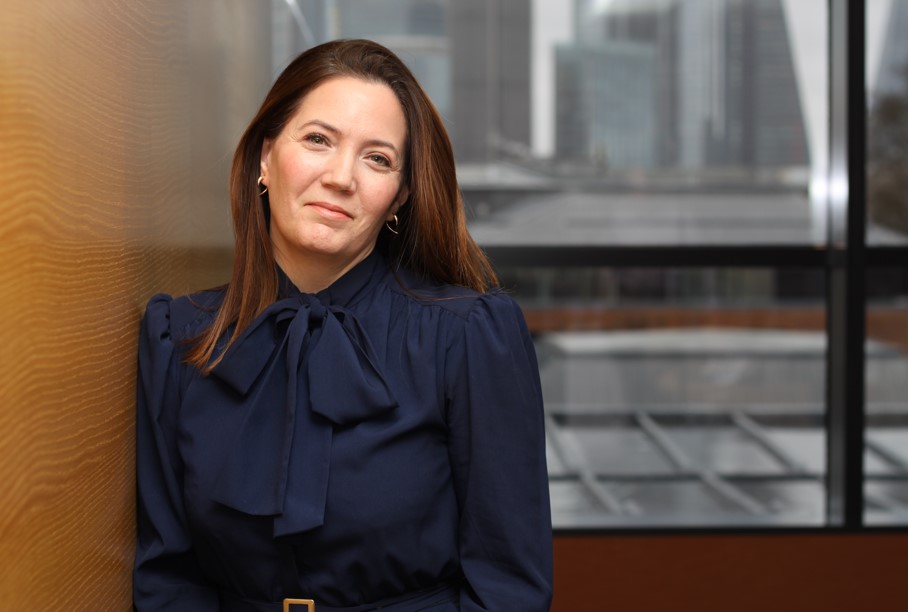Howden is calling on insurers to help fill protection gaps as intangible risks become increasingly ‘invisible’ across multiple lines of business and territories, redefining risk transfer needs.
Intangible assets are now the predominant source of economic value for global businesses. The broker’s own analysis suggests that nearly 70% of total business value for the world’s largest 50 corporations emanates from intangibles. This equates to roughly £8trn.
José Manuel González, CEO, Howden Broking said: “COVID-19 is a reminder that certain perils do not conform to long-held assumptions around correlations, boundaries and duration. We should learn to expect the unexpected and develop solutions for the risks of tomorrow by reimagining the scope of insurability today.
"Advances in data and analytics, alongside creative thinking around structures and parametric triggers, have increased the insurability of intangible assets. Nevertheless, there are limitations for certain low probability, high impact perils. Events that cause huge loss accumulations and transcend sectors and geographies, such as COVID-19, are simply beyond the financial capabilities of the re/insurance market alone.
"Given the current exposures to pandemics and other systemic risks, a form of government involvement will be needed. However, the re/insurance market should play a central – and risk-bearing – role in helping to drive the agenda and build resilience to future shocks at the margin, not just anticipated losses. Failure to do so would be an abdication of responsibility."
Intangible risks (Source: Howden Broking)
- The range of impacts associated with intangible risk proliferation highlights the need to reimagine the scope of insurability.
- Insurance gaps are often disproportionately large for perils whose loss characteristics are of a non-physical nature – a trend that must be reversed in order to meet the rapidly changing needs of clients.
- This provides an important test for an underwriting model which has traditionally segmented mostly tangible assets into buckets of pre-existing coverages, guided by historical loss data and assumptions around accumulations and correlations which may now no longer apply.
- Inaction is not an option: risk retention is an expensive business, especially in such an unpredictable risk environment. There are signs that corporations are today holding more risk on their balance sheets than they were even five years ago. The need for insurance solutions has never been greater.
- This represents a clear opportunity for underwriters to step-up and secure their positions as trusted partners.
Printed Copy:
Would you also like to receive CIR Magazine in print?
Data Use:
We will also send you our free daily email newsletters and other relevant communications, which you can opt out of at any time. Thank you.













YOU MIGHT ALSO LIKE